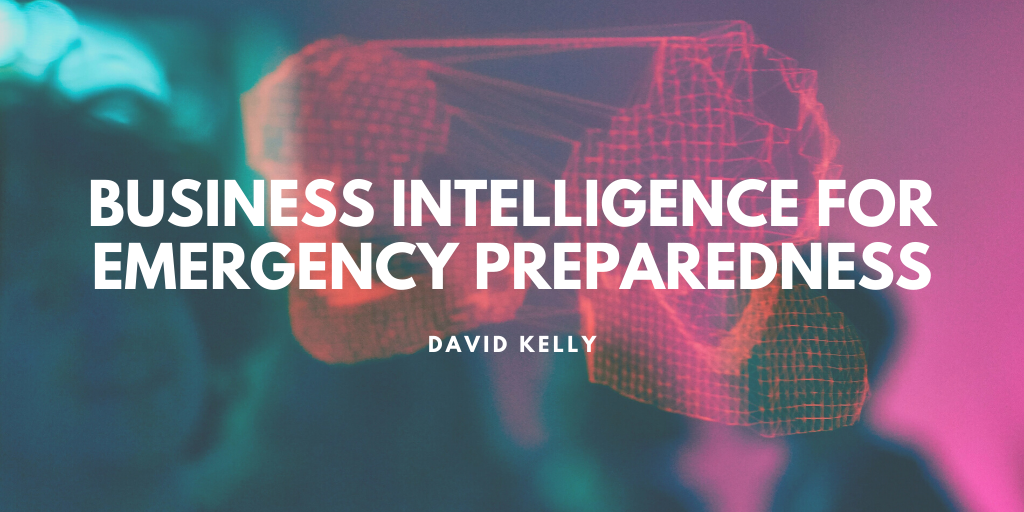Through collaboration with the CDC and other health institutions, local, state, and federal government task forces can mitigate the severity of pandemics. In the case of COVID-19, the Public Health Emergency Preparedness (PHEP) cooperative funds health systems on a state-to-state and city-to-city basis. Despite the efficiencies that emerge from this collaboration, preparing for pandemics and other emergencies involves many moving parts and oceans of data. Using specific technologies and business intelligence systems, governments can evaluate preparations and offer funding and resources to mitigate the next big disaster.
Data Management for Public/Private Healthcare Institutions
The volume of collected data required to understand the behavior of the novel coronavirus is best described as big data. In healthcare, this data could include everything from consumer purchases of over-the-counter medicines to data from clinical trials to resources used for a given hospital visit. This is far too much data for busy physicians and government agencies to track. Thankfully, machine learning systems can collect, synthesize, and anonymize this data. The result is two-fold: healthcare providers gain more time to focus on immediate patient needs without compromising sensitive patient data, and government agencies gain situational awareness of what’s happening in their communities in real-time. In turn, this boosts efficiency, growth, and effectiveness for institutions and the care they offer.
Applying data management to the coronavirus pandemic proves the importance of data-gathering in times of resource shortages. Institutions with high case rates require more PPEs and ventilators. However, institutions that had no resource counts ahead of time resorted to fast-paced, frantic ordering. What these institutions need, beyond just data management tools, is business intelligence software and strategies.
Business Intelligence for Public/Private Healthcare Institutions
How many ventilators does a given hospital have on hand and how can government agencies fill the gaps? When do pandemic-preparedness resources expire? What volume of critical care patients can an institution effectively and efficiently treat? Humans could identify the answers to these questions, but business intelligence is necessary to save time and offer that all-important value-based care. While business intelligence found its footing in other industries, its infrastructure analysis and operational optimization capabilities make it vital for a healthcare ecosystem under immense stress.
By implementing business intelligence and data management early on, before a pandemic or other catastrophe, healthcare institutions and government agencies can work together to unclog bottlenecks and identify where they can improve and how. To illustrate this point, consider robotic assistants. Many hospitals have reduced physical interaction between patients and staff by appointing robots to various tasks, from monitoring patients’ vitals to recording messages from patients to be delivered to caregivers. Other robots serve as exterminators by using UV light to zap away coronavirus microbes from hospital surfaces.
While these technologies are instrumental in maintaining health and safety standards for healthcare workers, they can prove challenging to implement on short notice as they require integration with other systems to provide a comprehensive operational picture. Amid the pandemic, hospital staff needs to dedicate time to advanced safety protocols and patient care for a potentially high number of cases, and government agencies are focused on response efforts leaving little time to implement new technology.
Business intelligence and data management can preemptively evaluate the potential need for resources great and small. While robots might not be a necessity at every hospital, ventilators and other severe-case therapeutics certainly are. By taking measures to integrate inventory, vulnerable populations, and other data, hospitals and government agencies can be exponentially more prepared and more collaborative leading to better service to the community. This collaboration will naturally lead to greater insight into how many vaccines or diagnostic supplies are needed.
Pandemic planning requires tight integration between government entities and healthcare institutions, from the delivery of medicines and resources to funding initiatives for more secure and reliable healthcare services. Without this collaboration, especially early partnerships and communication, our healthcare system can find itself overwhelmed and underprepared for the next health crisis; a solid plan for data integration, data sharing, and data visualization can be the key to efficient response. Check out this free COVID Resource Center for insights on how the right data at the right time can help achieve a true public/private healthcare partnership.
